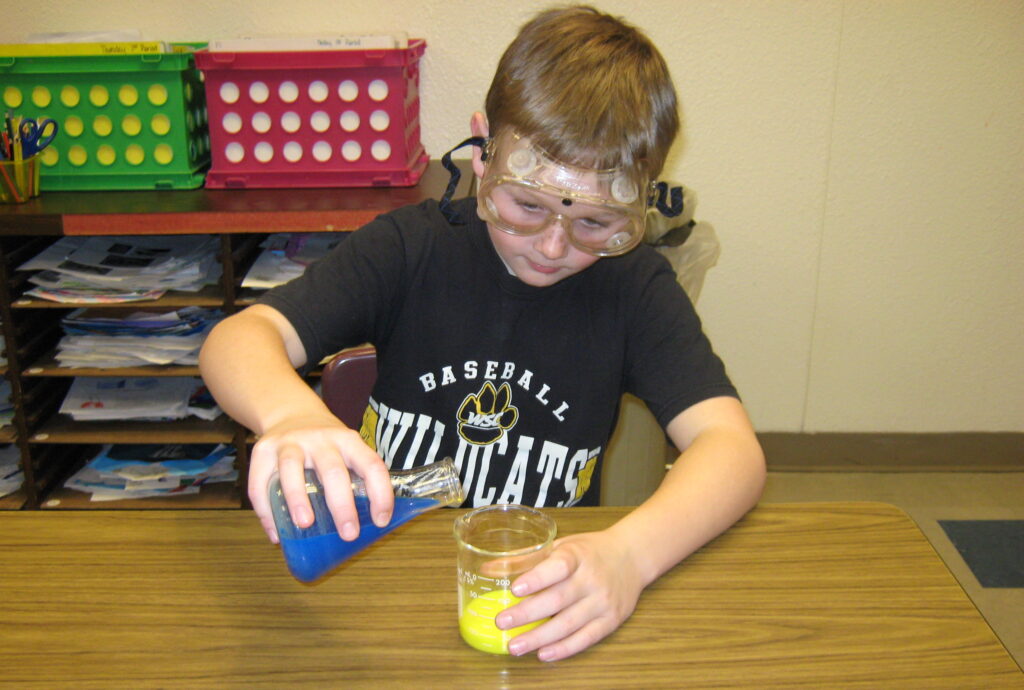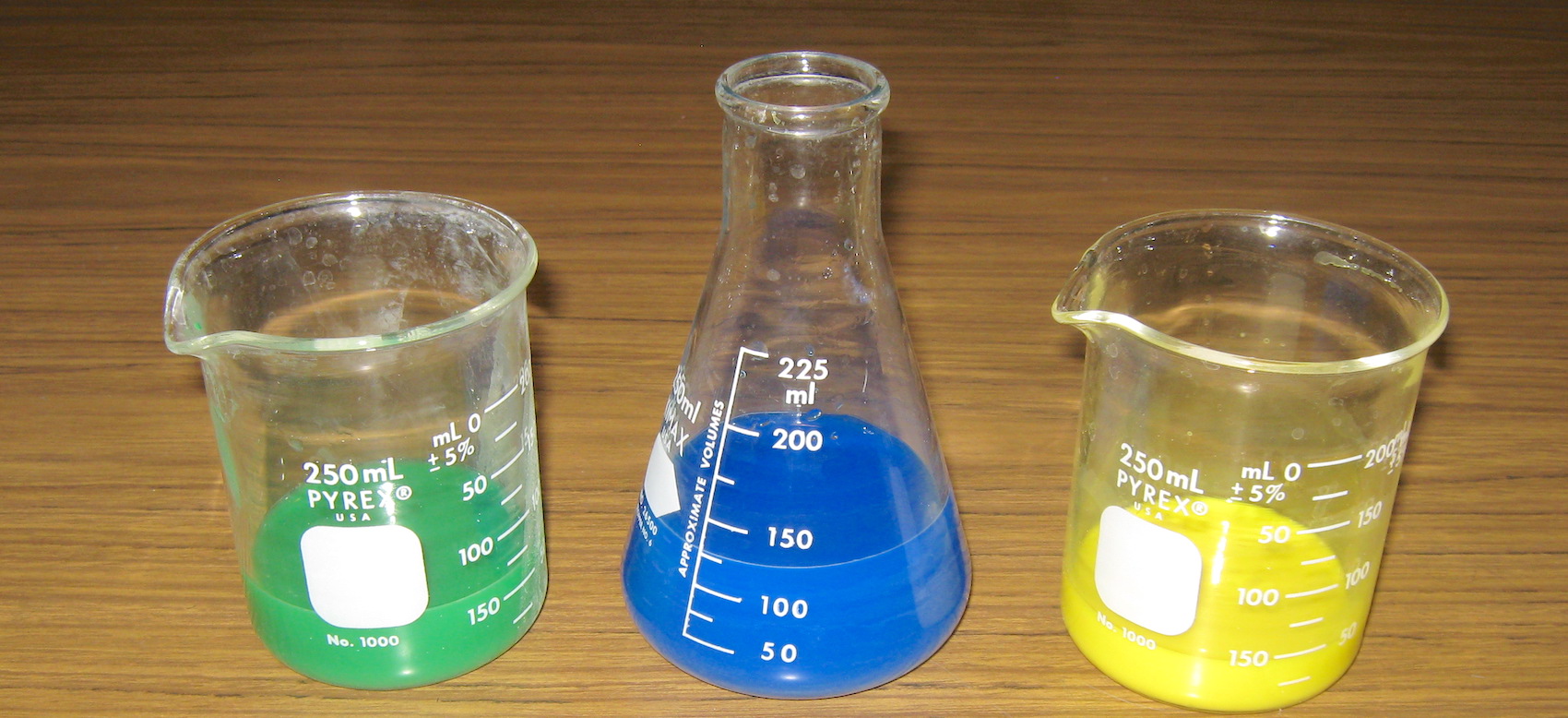It is the 3rd quarter of the school year and in my building, that means the start of standardized testing. During this time, it feels like other classes seem to get a little more “credit” than art. Science can definitely fall into that category. Rather than getting defensive, I remind my students that they are “art scientists.” In fact, I teach them to create art using a scientific approach.
Students know scientists must follow the scientific method to study the world around them.
According to Science Bob the scientific method asks students to:
- Ask a Question
- Do Background Research
- Construct a Hypothesis
- Test Your Hypothesis by Doing an Experiment
- Analyze Your Data and Draw a Conclusion
- Communicate Your Results
I like to teach my students this is also the “art method.”

1. Ask a Question
How do you correctly draw a face? How do we mix colors to create a new color? This might be the bell ringer or learning objective, but it is also the “question” driving student thinking. Just like scientists, artists begin by asking questions about what we want to learn.
2. Do Background Research
Research involves looking at what has come before and considering our prior knowledge. Researching and learning from others improves an artist’s creative process just as it makes it easier for scientists to answer their questions.
3. Construct a Hypothesis
After thinking about what we are supposed to learn and looking at what we know from others, the planning begins. Without a hypothesis, scientists wouldn’t know if they were doing the right thing. In art, we use a sketch or plan to make sure our project reflects what we are trying to show.

4. Test Your Hypothesis by Doing an Experiment
In art class, creating a final project is similar to a scientist conducting their final experiment. These experiments and projects reflect the work we have done in our earlier steps. A well-crafted lesson plan involves time for students to experiment and figure out the what and how they are going to create.
5. Analyze Your Data and Draw a Conclusion
In this step, the key is reflection. Whether it is a class critique or writing an artist statement, it is crucial to reflect on what has been created.
6. Communicate Your Results
As a scientist communicates the results of their experiment in a scientific journal, an artist communicates their results through visual display. This could be the local art center, the school hallway or even the kitchen fridge. Sharing our creations with others is an important part of the creative process.
The scientific method and the “art method” are similar in more ways than one. Art students often look like scientists, observing the world to find inspiration. While science makes things work, art makes them enjoyable. Having this conversation while wearing a white coat will definitely help students to see your point.
Note: They say time flies when your are having fun, and my time writing for AOE has definitely flown. It is crazy to think that I started writing articles for the Art of Education over a year ago. I have really enjoyed sharing my thoughts and ideas, interacting with readers, presenting at and attending the online conferences and learning more about the wonderful field of art education. However, part of staying “Ridiculously Relevant” is keeping new ideas coming from new people, so this will be my last article as a writer. I will continue to be an avid reader and huge fan, and I look forward to learning from the next amazing voices at AOE.
Would you teach your students to create like a scientist?
What are some ways art class emulates other subjects?
Magazine articles and podcasts are opinions of professional education contributors and do not necessarily represent the position of the Art of Education University (AOEU) or its academic offerings. Contributors use terms in the way they are most often talked about in the scope of their educational experiences.





